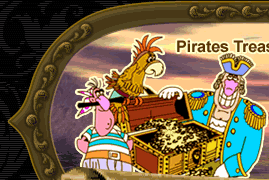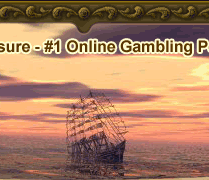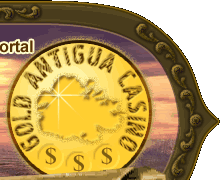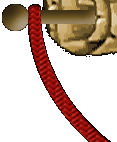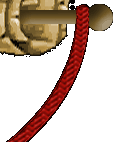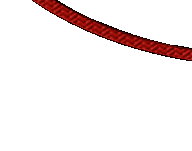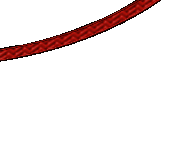Lesson 2
Blackjack: 1
As the legend
goes, the game of blackjack originated in France
over 300 years ago. The basic strategy of
blackjack is simple and straightforward. Once you
master this, you are ready for a more advanced
strategy.
Basic Strategy
of Blackjack
The objective in
blackjack is to have a hand which totals 21, or
beats the dealer's hand by coming as close to 21 as
possible without going over, or "busting."
If your first two cards are an ace and a ten,
that's blackjack or "a natural" 21!
Blackjack always beats a hand that totals 21 by
adding the values of more than the first two
cards.
A picture card is
counted as 10, a card from 2-10 is counted at its
face value, and an ace can be counted as either 1
or 11. A "hard hand" is a hand that
does not contain an ace or contains an ace that
can only be counted as 1 so as not to bust. A
dealer's ace always counts as 11.
Hit:
Give player another card!
Stand:
No more cards!
Double Down:
Give player ONLY one more card, and double
player's bet!
Split:
Make two hands out of player's pair of cards with
the same value. Player's initial wager will be
placed on one hand, and a second wager of equal
value will be placed on the second hand. However,
if you split two aces, you get only one
additional card for each hand. If you split two
aces and one of your hands totals 21, this is not
considered blackjack, but 21. You cannot split a
split hand.
Insurance:
If the dealer's upcard is an ace, player will be
given the option of placing a side-bet, called
insurance. When the dealer shows an ace, he is
considered to have a good chance of having
blackjack. If the dealer does have blackjack, the
insurance pays 2 to 1, corresponding to the
amount of your initial bet. If you have bought
insurance, and the dealer does not have
blackjack, you lose your insurance. Your initial
bet is then settled by comparing your cards with
the dealer's. Should you and the dealer both have
blackjack, the game results in a push.
Good Luck!
NEXT LESSON >>
|
